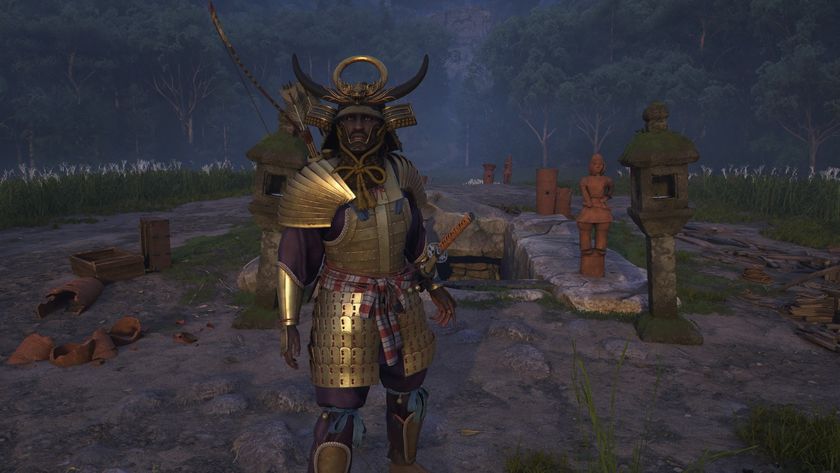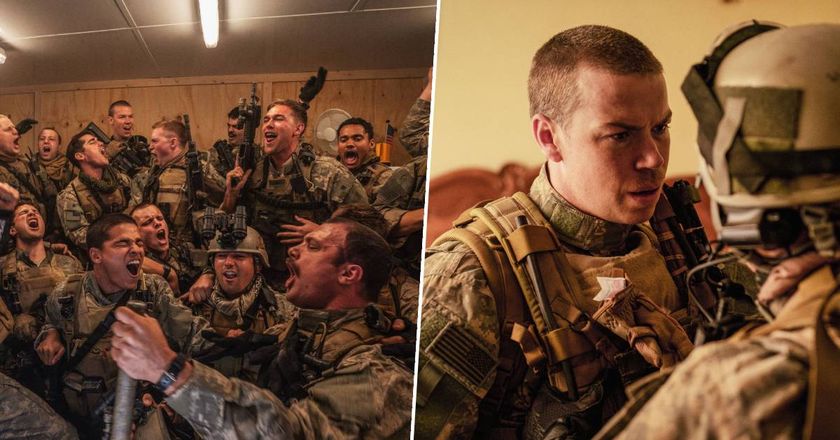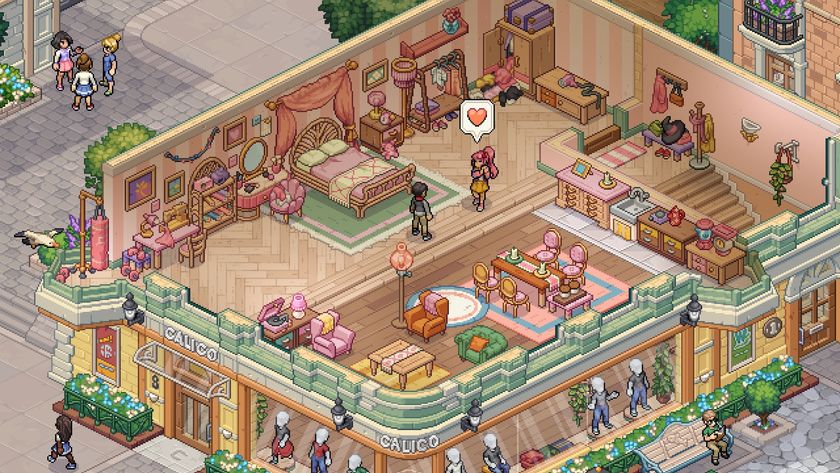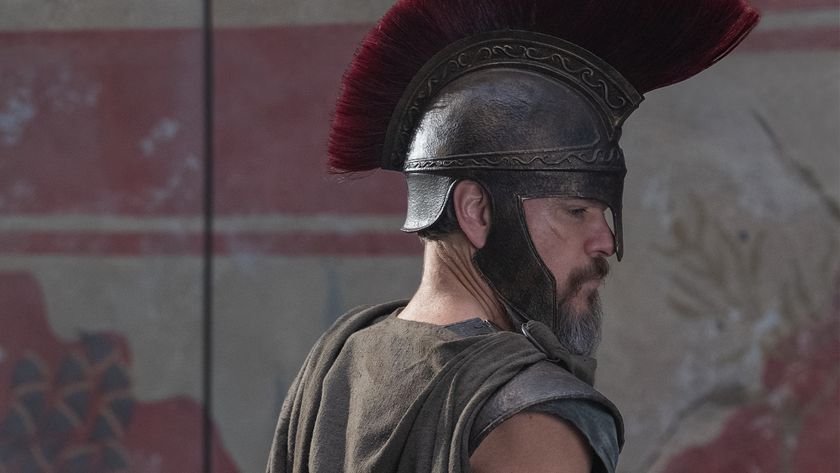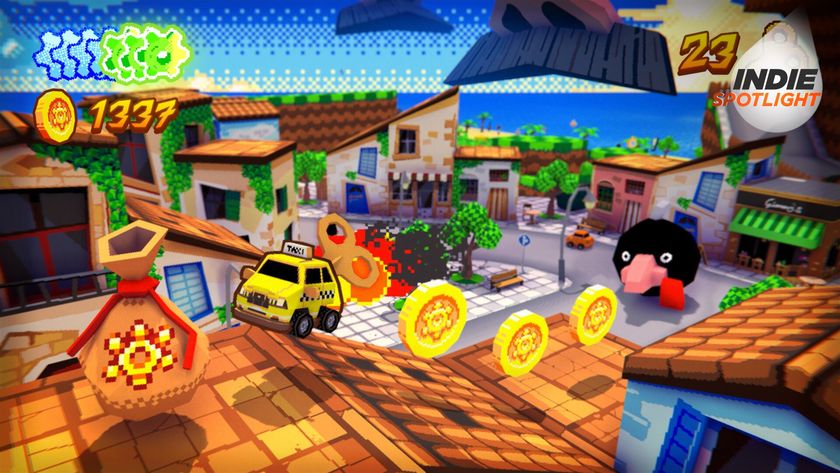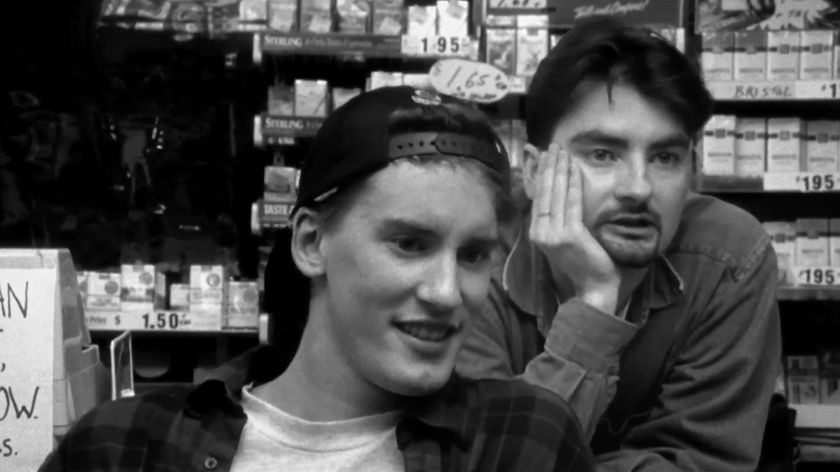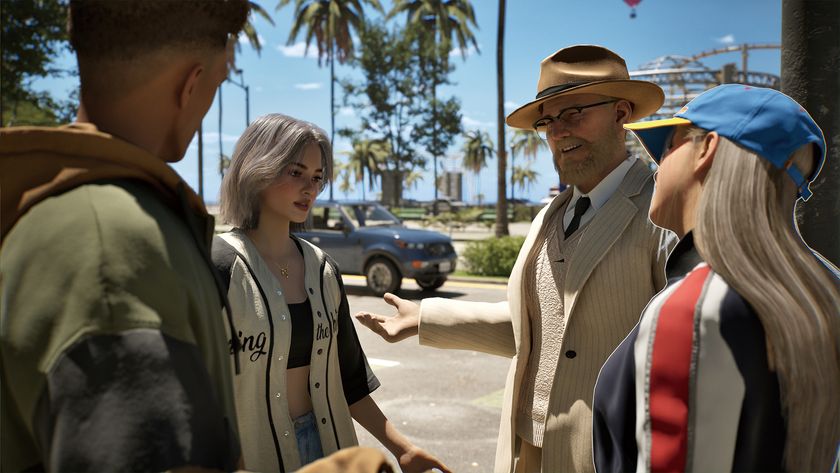Vampire: The Masquerade – Bloodlines 2 is a faithful follow-up that's driven by one desire: "We want to make you feel more like a vampire"
Vampire: The Masquerade – Bloodlines 2 writer Brian Mitsoda walks us through a demo of the long-awaited sequel

Everyone loves a vampire. From Christopher Lee's charismatic Dracula, via the insipid toothsome teens of Twilight to the sexier vampires of True Blood or The Lost Boys, there's an appeal to sleeping all day, partying all night, never growing old and never dying. Yet still role-playing as an actual vampire in a video game is something we've had few real opportunities to do. That's something Vampire: The Masquerade – Bloodlines 2 is hoping to change.
Those of of you who got the chance to play Vampire: The Masquerade – Bloodlines on PC back in 2004 fondly remember it as an ambitious, if hugely flawed, vampire RPG. Based on a tabletop RPG, it put you in the role of a newly-made vampire finding its fangs in a post-dusk Los Angeles. There was a lot to love about the game, but its ambition was marred by clumsy mechanics and the limitations of the time. But now a belated sequel looks like it will fully realise our vampire RPG fantasies. Even though it's been 15 years, fans can rest easy – developer Hardsuit Labs has roped in original game writer Brian Mitsoda to help craft a faithful follow-up.
For our gameplay demo we're placed in the shoes of a 'Thinblood', the name given to a weaker vampire who has just been 'embraced' – that is, turned into a bloodsucker. At this point of character creation, players can choose between three vampire classes: Mentalism is focused on telekinetic abilities, Nebulation means you can turn into a mist. Choose Chiropteran and you can turn into, or summon, a swarms of bats. Naturally, this immediately sounds the coolest and that's the one we opt for.
Sleepless in Seattle
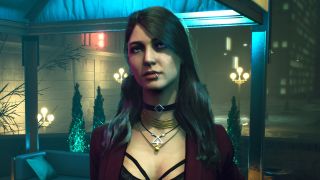
It's perpetually 1am in Seattle, the setting for this new game and Hardsuit Labs' hometown. This is to avoid an irksome day/night cycle interfering with your quests. "We stay away from the day/night cycle because pretty much vampires can't do anything during the day so it would be very boring!" explains Mitsoda.
We begin with a message that the various factions of Kindred (that's what vamps call themselves) want to meet with us. We're in Seattle's oldest neighbourhood, the Pioneer Square district, but although we have a number of quest markers to where we can meet with the factions including a bar, coffee shop and a parking garage, there's really only one destination for us: the nightclub. A similar dance club was a popular location in the first game, on account of the NPCs', um, characterful dancing. Walking across the dancefloor in the Atrium club, we're given the option to bust a move. Yes, those crazy steps have been faithfully recreated for a lovely bit of fan-service. Although the game is primarily first-person, the camera switches to third-person for activities such as dancing, scaling walls or performing acrobatic feats.
Heading upstairs at the club onto a roof terrace, we meet a woman called Elif. She's a Nosferatu representative, though she herself is clearly not a Nosferatu – a type of vampire who, when they are embraced, are disfigured and so are rarely seen in public. Elif explains that they need you to find a Thinblood by the name of Slugg, who's in hiding, and buy some valuable information from him.
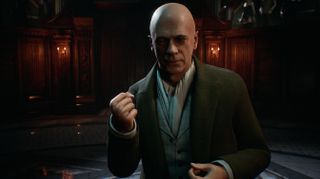
Conversations with NPCs are impressive, with realistic faces that are sharp and well drawn – something we notice both with Elif and our rather more grotesque next encounter, Samuel. Samuel is a Nosferatu, but despite his facial disfigurations, his lip-syncing and unique animations make the conversation we have both convincing and compelling.
Sign up to the GamesRadar+ Newsletter
Weekly digests, tales from the communities you love, and more
Mitsoda explains that while a lot of the NPCs' animations in the first game were handled generically by a dialogue animation system, this time the devs have really invested in making the characters realistic, paying particular attention to the look and feel as well as nuances such as a character's disposition towards the player. "What people remember from the first game is the story and character," explains Mitsoda. "This is a very dialogue-focused game, it's about the characters you meet. From our side it's about making sure the performance of the characters, the VO, is spectacular and something above what other people are delivering, the interactions are fun, the characters pop, that people enjoy just going around talking to everyone you meet."
Samuel tells us that Slugg is in The Jungle, an actual area of Seattle known for its homeless encampments: a place that people go to if they want to 'disappear'. But here Samuel also offers you an alternative to locating Slugg for the faction; bring Slugg to him and he promises to keep him safe, even sending word to the Nosferatu that he's "met the business end of a salt shaker". It's one of the many branching moral choices you'll encounter in the game.
Concrete jungle
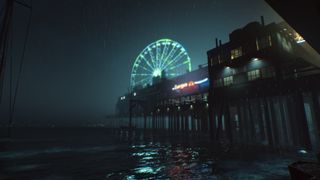
The entrance to The Jungle is near King's Street station. There are a couple of hooded characters hanging around here, but this is a secluded enough place to test out some vampiric powers. One of our disciplines as a vampire, accessible from the Power Wheel, is Thaumaturgy, which includes 'dispersion' and 'blood boil' powers. We also have two Potence abilities, 'collateral damage' and 'earth shock'. We create some spikes out of the ground that end the two hoodies, then proceed into The Jungle.
Down here there are tents, caravans and braziers, around which some of The Jungle's residents huddle. Using our senses to look around, we see other humans as silhouettes with highlighted red veins and organs. We can also detect emotional resonance – this is how vampires feel things. This resonance can be fed on and used to fuel buffs for your character.
Drinking blood is, of course, vital to your vampire. However, you will need to do this, as well as exercise any supernatural powers, in private or it will lower your Masquerade; this affects the city itself – how many other humans are out and about, how many cops are around – so it's a good idea to keep your true nature hidden.
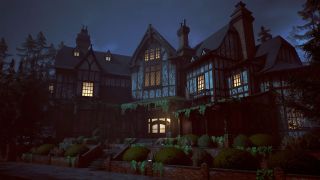
"We have consciously tried to stay away from the very, very long sewer levels from the original game!"
We find Slugg but he does a runner, and we have to follow him fast through an underpass, transforming into a swarm of bats to fly across high ledges. As we head deeper into The Jungle we come across a drug deal going down in a warehouse, right in the way of our progress. Here we have a choice: we can bowl straight in through the door, or sneak around. We spy a first floor open window as an alternative breaching point, and decide that caution is the better part of valour. However, it's not long before we're discovered by a woman with an assault rifle – luckily we have an iron bar and manage to smack her with it before we die of bullets. We attack another armed criminal with our bats, which is as fun as it sounds.
Mitsoda reveals that the first game's many super-fans have already shaped the direction of Bloodlines 2, which he's determined to ensure also improves upon the formula massively. "In the first game you've got a guy that shoots and kicks people but occasionally drinks blood. We want to make you feel more like a vampire in this one. We've introduced verticality, you can scale buildings. Your character is a lot faster and more fluid in its movements as a vampire. And," he laughs, "we have consciously tried to stay away from the very, very long sewer levels from the original game!"
This feature first appeared in Official Xbox Magazine. For more articles like the one you've just read, why not check out all of the OXM subscription offers at MyFavouriteMagazines.
Chris is the former Editor of OXM, and a 'seasoned' games journolist (ie: old). He finds himself obsessed with Red Dead and Resident Evil, and remembers when gamers weren't cool. Chris is now a freelance writer, production editor, and copywriter for a number of different websites and magazines.

